The Minox 110s was introduced in 1974. The internet tells me that this camera was not produced by Minox at all, but by Balda in Germany, who were also involved in manufacture of the 35EL for Minox. The body is made of Makrolon, which is supposed to be very robust, lightweight and with a glass-like transparency(!) In the case of the 110s, the Makrolon is coloured black and is (hopefully) not transparent. It is though, a bit ‘plasticky’.
The overall impression is of minimalism. The solutions to aspects of design are often unconventional but generally practical.
The Minox 110s sports a 25mm f/2.8 lens with apertures down to f/16, with the shutter giving speeds from 4 seconds to 1/1000. The lens is very highly regarded in sub-miniature circles. Exposure is aperture priority with the aperture being automatically set with focus when you set the camera to the flash setting.
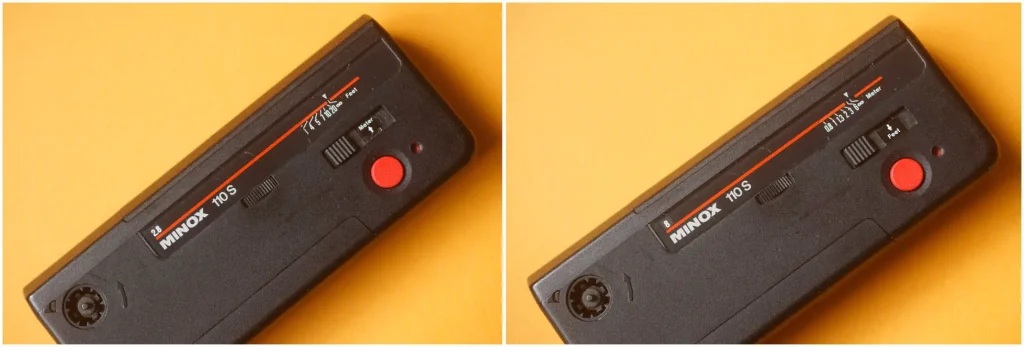
One other quirk of the Minox 110s is the inclusion of a socket for flash cubes, this despite the camera having its own dedicated flash unit that plugs into the left end of the body. However, for those wanting to travel light, a flash cube in a pocket seems like a great solution to a low-light problem.
The Minox 110s gets its power from a pair of PX625 batteries that fit inside the back door. Original 625 batteries probably stay in place quite well, but the zinc air 675 batteries I use as substitutes tend to fall out when you open the back, so some care (or a better substitute) may be required. The door is a little awkward, hinging on one of its short sides, but it does have a proper hinge. You can tell if the meter is working because it will show lit arrows either side of the aperture window in the viewfinder showing the direction you have to move the wheel to get an acceptable exposure. If the batteries are dead the shutter will still fire, so you can set a manual aperture to consistent with 1/40 second exposure (I figured this was likely to be the default speed as it is what the camera uses for flash and experimentation seemed to bear this out).
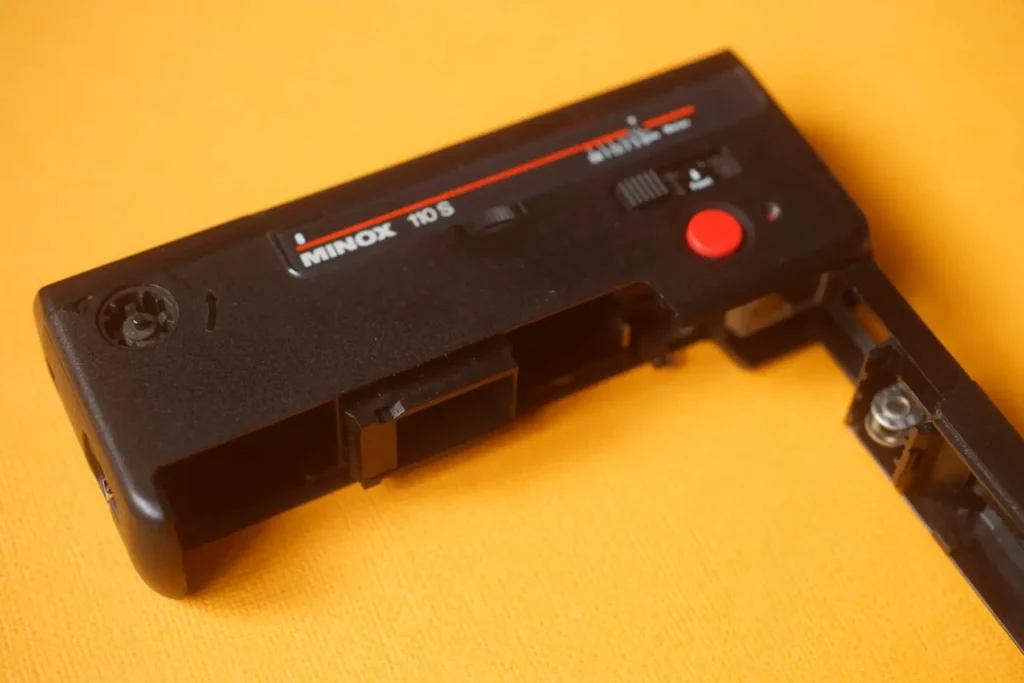
The Minox 110s does have a sensor to recognise 400ASA film. Aperture values are set via a thumb-wheel on top of the camera, with the aperture value appearing in a window that does a good impression of not being a window at all. In a nice touch, apertures are also shown at the bottom of the viewfinder. Focus is set by a slider just in front of the shutter release with the distances being able to switch between feet and meters. Another nice touch is that the bright-frame marks in the viewfinder move as you focus to compensate for parallax. The rangefinder base is reasonably wide for the format.
The shutter release is easy to find by touch and has a threaded cable release socket by its side.
The Minox 110s front doors swing open on operation of a slider control on the base of the camera – this elegant solution is quick to operate and provides some degree of shading for the lens and viewfinder.
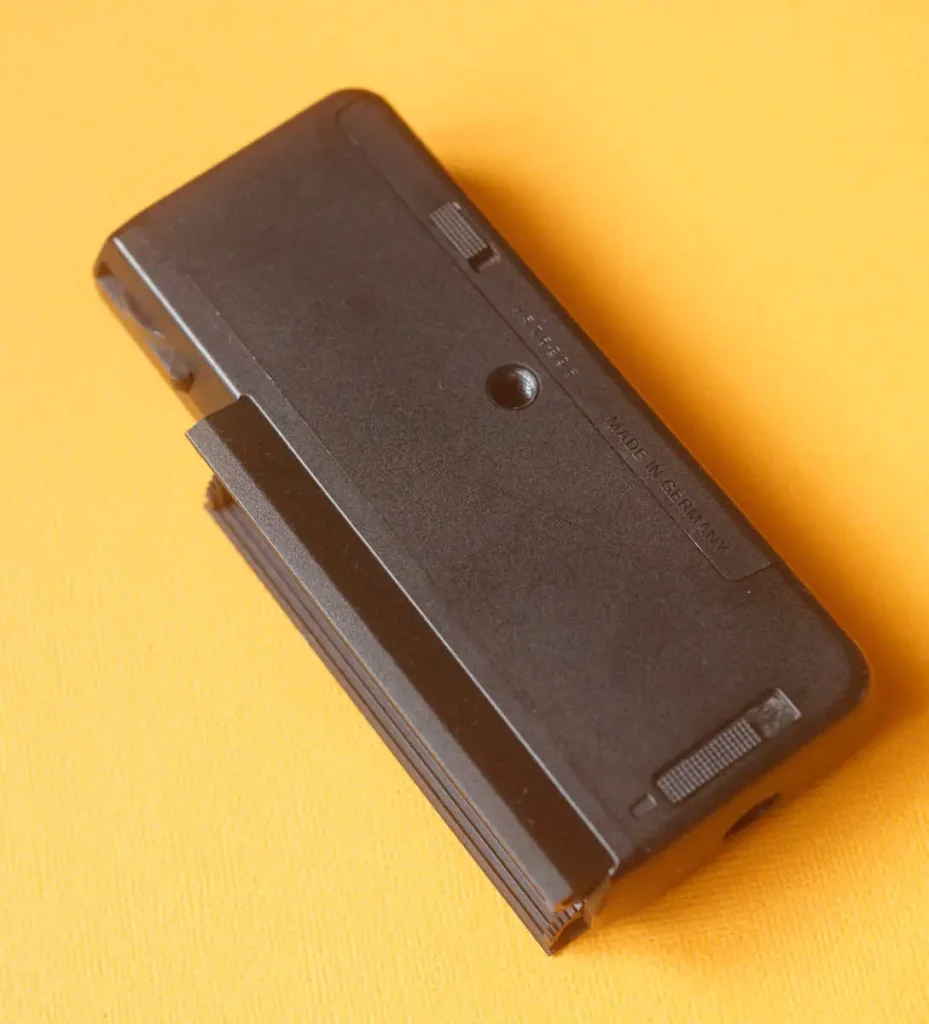
The film advance is another rather quirky bit of design – it is positioned on the front of the camera for operation with the left hand and winds the film with two strokes once a film is loaded. I would imagine the positioning of the film advance might be a bit awkward with the electronic flash attached. The left end of the camera provides the linkages for the electronic flash (an item I don’t have access to), while the base sports a tripod bush, which is close to (if not actually on) the lens centre line.
Once Minox discontinued the 110s, Balda produced versions under the names Balda 1000 EL BR (with a 20.5mm f/4.0 optic), 1000 EL Macro (like the BR but with close-focus) and 1000 EL R (with a similar spec lens to the Minox version).
Practicalities and Comparisons
As discussed in my recent article about shooting 110 film in 2021, the availability of 110 film is an issue for anyone tempted by shooting a 110 camera. Lomography make black and white 110 film, but home processing adds the problems of availability of processing reels for 16mm. This counts against 110 cameras as practical devices, but doubtless if if wasn’t for the few high end 110 camera models, like the Minox, there would likely be no new film available at all.
It is not uncommon for rangefinders on old cameras to drift out of vertical alignment – leaving two images slightly above the other in the rangefinder patch even at proper focus, and the Minox I used had drifted out over the years: this does not make it unusable, but tends to slow down focusing. According to the repair manual, the Minox can be adjusted for vertical alignment, but needs a bit of taking apart to get to the adjustment screw (screw 50 in the repair manual if your German is a little rusty). As is common in 110 cameras, the variable aperture in the Minox 110s is a simple diamond that expands and contracts by sliding two blades against each other, a long way from circular, but it does not seem to have much of an adverse effect.
Minox 110s Photos

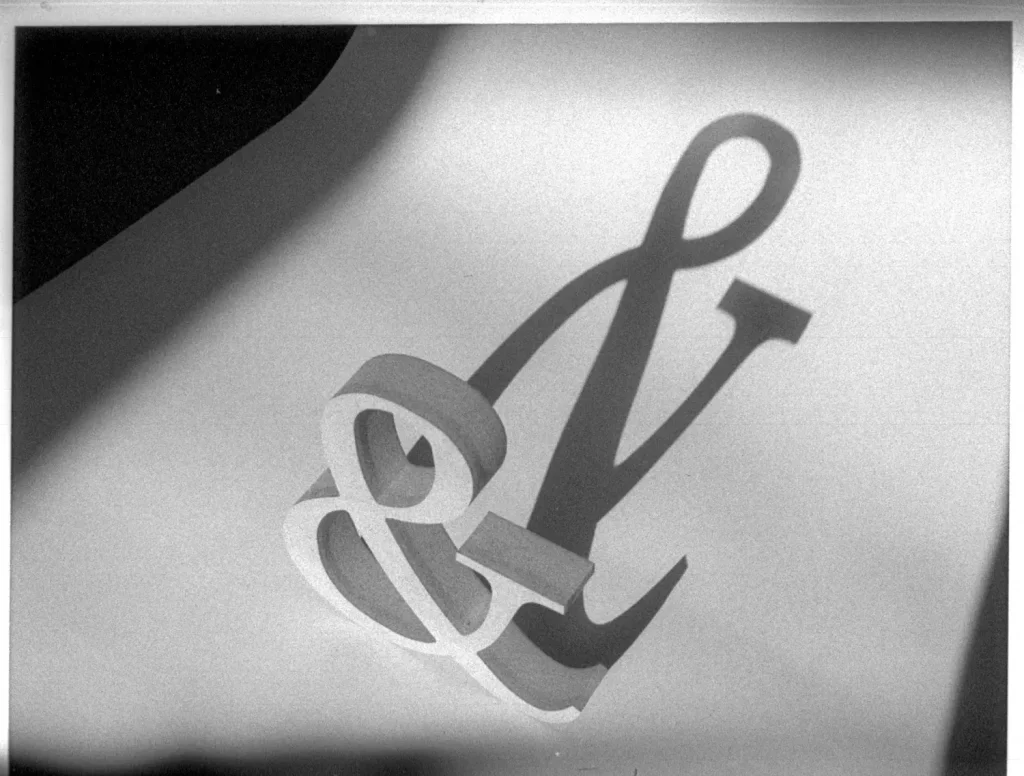
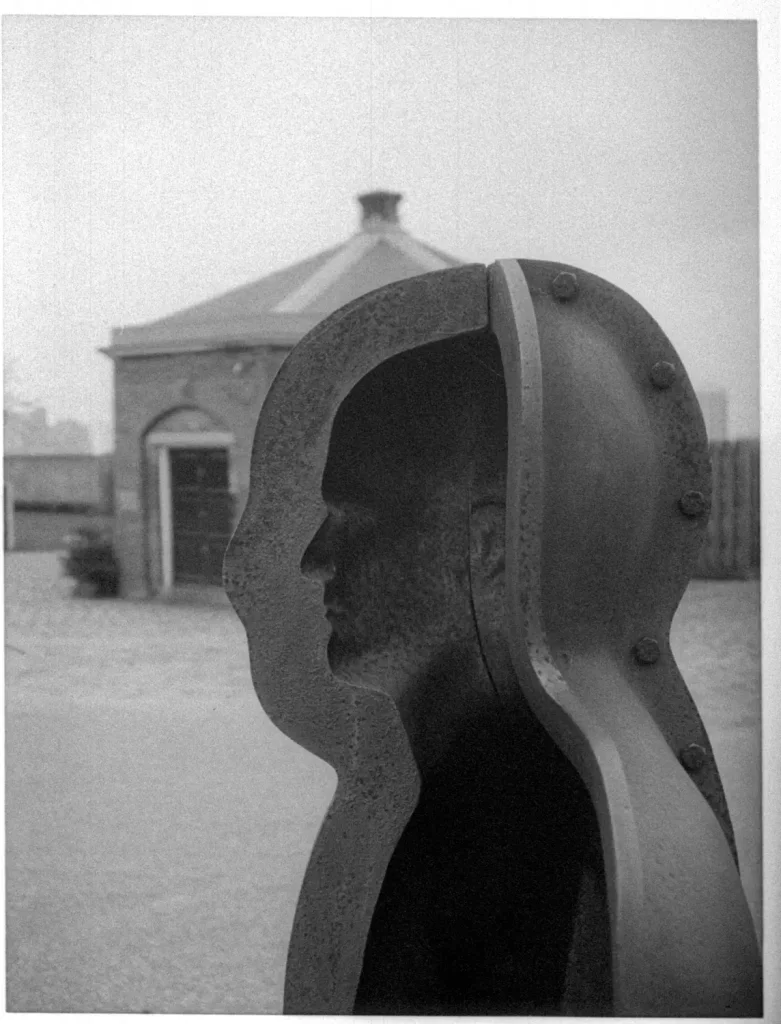
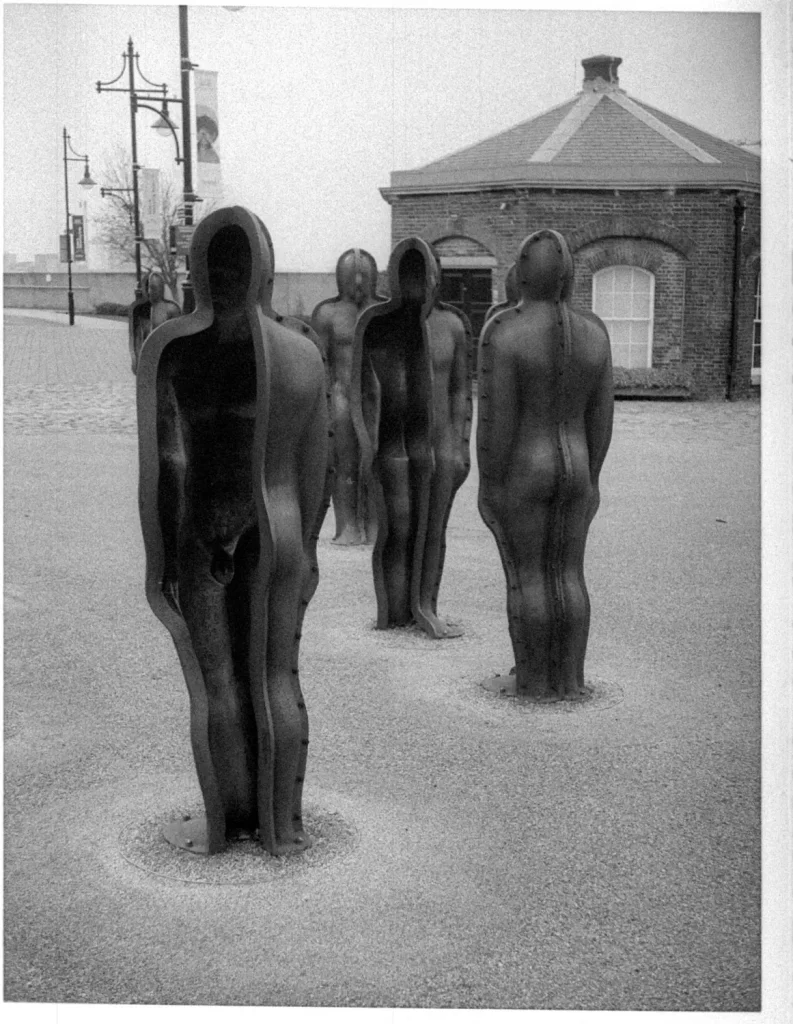
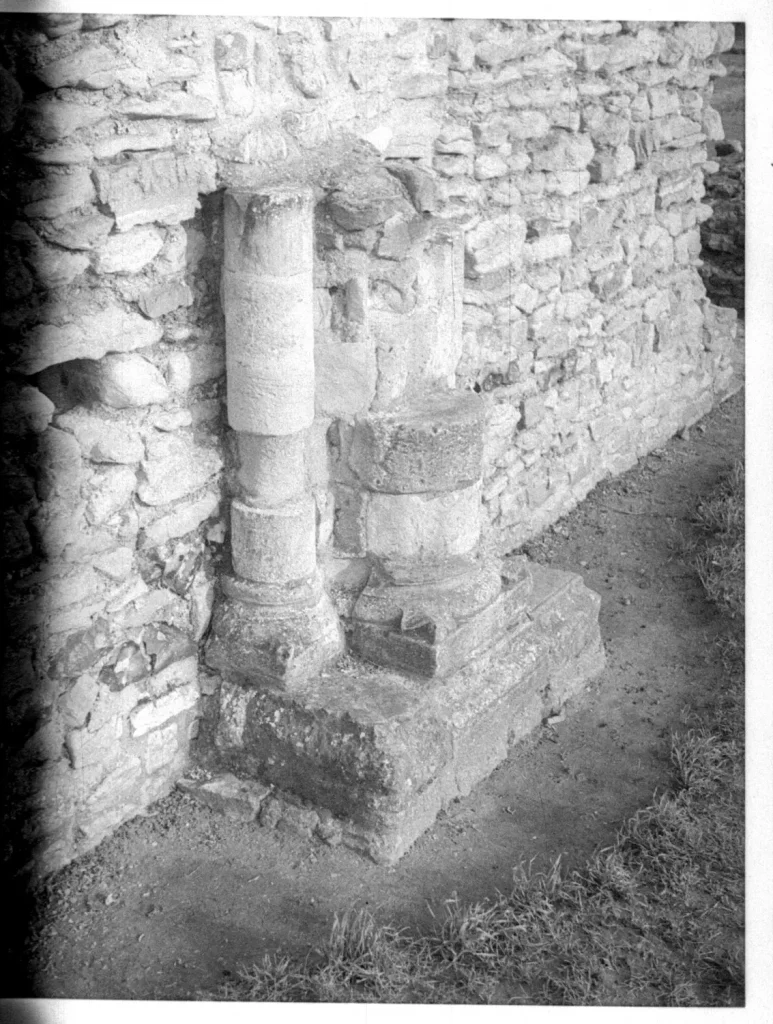
Minox 110s Conclusions
The Minox 110s appears at first glance to be cheap and lightweight – the flash cube fitting and plastic threads for the remote release and for the tripod maybe adding to a less than ideal first impression. However, although Minox might not have made it themselves, they knew what they were doing when adding their name to Balda’s neat bit of design.
So much on the Minox 110s is practical, from the flash cube, to the doors and the viewfinder displays. There is an elegance that suggests the designers were very capable of thinking out of the box – ironic, because at the end of the day, they have produced a rather fine little box for taking photographs.
If you would like to know more about shooting 110 films and cameras, have a read of my article on the subject here.
Share this post:
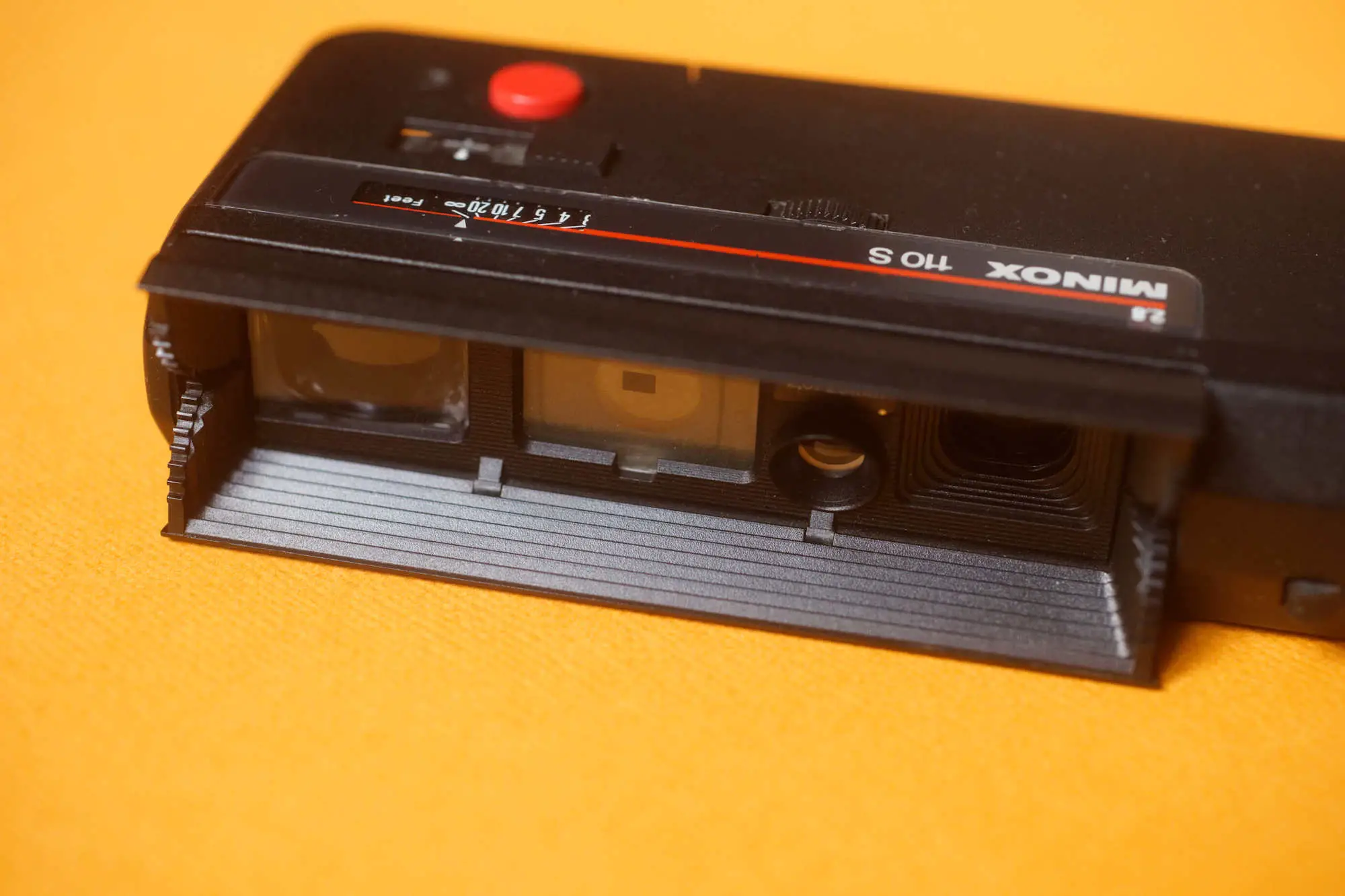








Comments
CS on Minox 110S Mini-Review of a Clever Cassette Camera – By Bob Janes
Comment posted: 11/03/2021
The Minox 110s has a major flaw, which is that the plastic advance wheel deteriorates and cannot be repaired; you are fairly lucky to have gotten a working one.
Comment posted: 11/03/2021
Neal A Wellons on Minox 110S Mini-Review of a Clever Cassette Camera – By Bob Janes
Comment posted: 11/03/2021
Comment posted: 11/03/2021
Martin JONES on Minox 110S Mini-Review of a Clever Cassette Camera – By Bob Janes
Comment posted: 12/03/2021
Comment posted: 12/03/2021
Terry B on Minox 110S Mini-Review of a Clever Cassette Camera – By Bob Janes
Comment posted: 13/03/2021
Some early tanks don't have this problem due to the way in which the removable reel is attached to the central column which is itself permanently attached to the lower reel. The top reel is allowed to slide up and down this column to any point of the photographer's chosing.Thus ANY film width from 120 to Minox can easily be accommodated. Fixed reference points for 35mm, 127 and 120 film are cut into a raised rail which runs the length of the column and the reel is held in place by spring attached to the top reel. So, simply by cutting a notch into the rail for the new film width desired is all that is needed.
Tanks suitable for this simple modification are the Polly Min and Polly Max, Johnsons Roto One, and the Nebro Universal adjustable. A few examples are presently listed on ebay UK, but a word of advice about about the Polly tanks, one of which, the Polly Min I still own. They do not permit inversion developing so are only suited to intermittent rotation or stand development. The Min accepts 120 and only 20 exposure lengths of 35mm film, but is readily modified for 127 or 16mm/110 films. It is imperative then, that this tank should only be purchased of it comes with its original stirring rod, which also happens to be capable of holding a thermometer. At present there is a listing for a complete Polly tank on ebay from seller rattyandmoley with no bids and a very low opening bid of just £3. The listing closes Sunday, 14th March at 22.37 UK time. (I have no link whatsoever with this seller)
Comment posted: 13/03/2021
Paul Trantow on Minox 110S Mini-Review of a Clever Cassette Camera – By Bob Janes
Comment posted: 16/03/2021